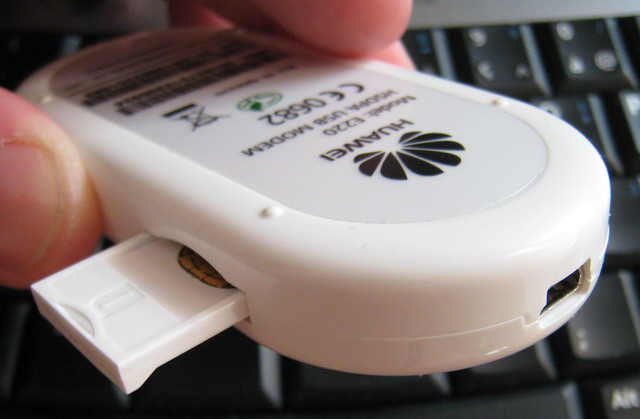The DNS or Domain Name System is one of the most necessary components for internet functionality. Most often, internet businesses are negligent to the security of their digital identity that is the DNS. This poor security of DNS makes it vulnerable to many cyber attacks which are beneficial for the attackers.
Fortunately, an individual or regular internet user could prevent DNS leaks or such related vulnerabilities through the DNS leak test and by changing their device’s setting to another DNS server.
Threats That Are Alarming For DNS Security
Here are 4 threats to your DNS security:
DDoS Attacks
The Distributed Denial of Services (DDoS) attacks are executed through accessing the DNS server of an internet user or provider, where they pitch a bunch of malicious traffic and hinder the legitimate requests. Yet, this attacking technique is not particularized to DNS and its security, but the DNS server could have serious through it.
It doesn’t matter whether the website is prominent or not, if the DNS infrastructure is not working means it cannot monitor the number of incoming requests, then the site may face disruption.
To prevent a DDoS attack on the DNS server, you may use an effective DNS provider which embody a wide coverage of Anycast servers so that there is the appropriate handling of traffic. Yet, the reason to use Anycast servers is enhanced performance and efficient load distribution while DDoS attacks. Also, if you are constructing your own managed DNS servers then better leverage the power of Anycast.
Typosquatting
The technique to trick web traffic by constructing a fake domain name almost the same as the real target domain is known as Typosquatting. Through this method, a hacker could set up a variety of phishing attacks. However, it could also be used for stealing information.
To evade such threats from your domain, it’s necessary to monitor the new domain entries which are similar to your business names. Yet, an easier way to demolish this threat is to hire firms that provide digital brand management and safety services for you.
Registrar Hijacking
Unlike Typosquatting, you don’t fake it instead you break it. Most often the domain names are registered through a registrar company which makes them exposed to potential threats. An attacker could access your account that is managed by your registrar and could take control of the domain. Therefore, they can migrate the domain to the servers of their choice and worse than this, they could switch the ownership too. They are successful in such execution by breaking the account passwords of registrar’s support personnel.
To avoid such condition, the best practice is to account for password management and setting up strong passwords. Also, you must select a registrar that has better account security offers such as two-factor authentication or dedicated account managers. Such service may cost you money but it’s worth the security you would have.
Cache Poisoning
The DNS information or data is used to send emails and to locate the websites that are present on the internet. This data is cached on servers to decrease the load on them and to enhance their performance. On the other hand, poisoning attacks could target the DNS cached data on these servers. This technique also routes the user to a fake website that is under the monitoring of a hacker.
To execute such actions, a hacker tricks the DNS server by accessing its weak configuration and entering fake address information. Unfortunately, this change is undetectable by your browser too.
To end the cache poisoning data, a highly preferable and working solution is to add a DNSSEC protocol to your domain name. This addition will make the browsers and ISP servers authenticate the DNS data it receives thus removing the risk of cache poisoning. Therefore, you must ask for DNSSEC from your ISP.
General Recommendations For DNS Protection
There is a serious need for full risk assessment of infrastructure by every organization and it’s necessary to evade possible risks.
For DNS protection, there are some general recommendations so that there is adequate security.
- To minimize risk possibility and vulnerability invasion, you must patch DNS servers regularly.
- To determine the DNS tunneling and data extortion there is a UDP port 53 which will analyze your traffic.
- Make sure that your DNS servers have restricted access only for the individuals who require it. This would decrease the chances of accidental vulnerabilities and intended malicious misconfiguration.
- Keep distinct DNS servers for internal and internet resolution with the internal server placed behind network defenses so that the access to external attackers is restricted.
Also, individual internet users could use some techniques to evade DNS associated risks. Either they could use the tool such as VPN for mitigating risks such as DNS leaks or they can change the DNS settings on their devices.
Did you enjoy reading this article? Like our page on Facebook and follow us on Twitter.









